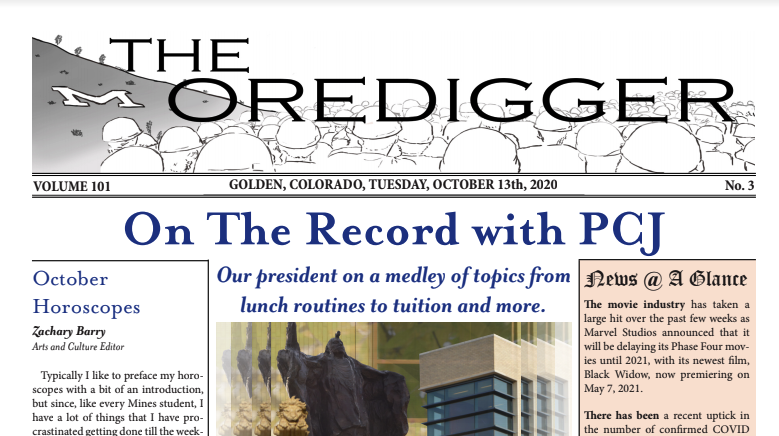Few stellar bodies are as heavily featured in society as the Moon. Sure Mars and Venus have had their day in the sun in science fiction, but no one offers to kiss under a full Venus or pull Mars closer for the love of their life. Beyond being a symbol of love and passion, the Moon has represented its share of human symbols. The changing phases have been conscripted to represent the cycle of life and death, they have been used by farmers for millenniums to chart months, and countless children’s tales involve dancing on a slightly less than full moon. Humanity has an obsession with our closest celestial neighbor and for good reason. The tides keep the top few layers of the ocean in motion and the closeness of our natural satellite has allowed for an easy target for our fledgling space programs.
Beyond the noticeable impacts that the Moon has had upon culture, the Moon has helped put constraints on the formation of our planet, and the presence of heavily cratered areas on its surface allows humanity a glimpse into the stellar pinball machine that the solar system was during the Late Heavy Bombardment. It is almost criminal that our planet has such an informational neighbor.
Observing the Moon can be tough with anything but eyes or binoculars. During the non-full phases, dramatic elevation changes can be seen along the terminator, a term for the line between the light and the dark of the Moon. Unfortunately when the Moon approaches its fullest, the light can hurt the eyes of any astronomer that neglected their lunar filter. With the use of a filter, the surface of the Moon becomes a veritable playground for any astronomer. It is much more fun to pick out the craters and mountain ranges from up close than far away. The true stark surface becomes enjoyably apparent with the increased resolution.
Some of the best lunar features that should not be missed upon a telescope aided tour are the craters of the northern hemisphere. Compared with the shocking white of the southern hemisphere, the gray of the maria units is almost soothing and with a bit of focus, any astronomer will be able to see the craters within craters on the surface. After looking at the actual craters, the next step is to look through the mountain valleys of the Lunar Apennines. Many of the mountains can be seen directly and the areas between them are often shadowed in a stellar fashion. No tour would be complete without visiting the Tycho crater to the south of the main craters. Since it is one of the more recent craters, there are trails of dust that are still visible splaying out for hundred of kilometers in every direction. With a strong enough telescope, the central peak of the complex can also be observed.
With some reservations it is smart to admit that despite the Moon’s beauty, the best stargazing nights are those where the Moon lies on the opposite side of the Earth, it is those nights that are perfect for looking out into the depths of space.



'The Stars Above Mines: Observing the moon' has no comments
Be the first to comment this post!